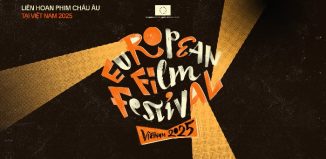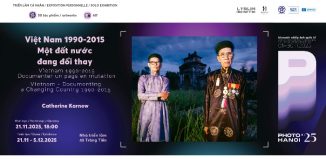“Ida” – When a Picture is Worth more than a Thousand Words

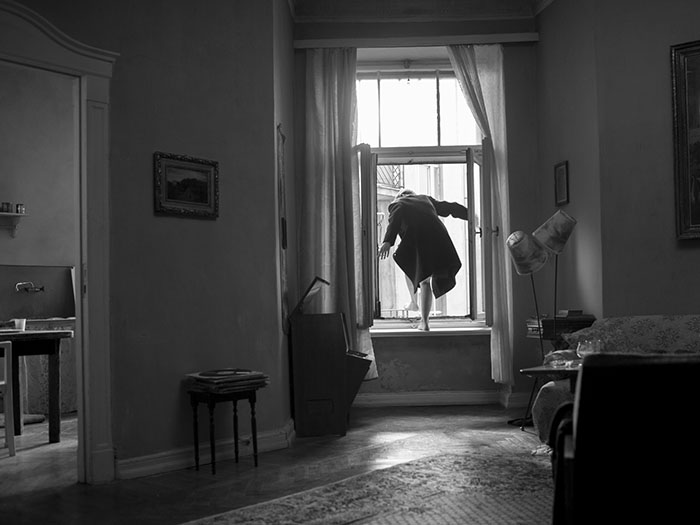
With a long list of accolades, including the Academy Award for Best Foreign Language Film, Polish film Ida was without doubt a highlight at this year’s European Film Festival. The concise 80-minute film is truly a masterpiece of cinematography and storytelling which adeptly transports the audience back to the 1960s with its brilliant cinematic techniques while subtly deal with sensitive themes in Polish society.
Ida, played by the fresh face Agata Trzebuchowska, is a 17-year-old orphan who has known nothing of the world outside her convent. As she is about to take her vows to become a Catholic nun, Ida is ordered to visit her aunt, Wanda Gruz, played by Polish award-winning actress Agata Kulesza. In Wanda’s unadorned kitchen, Ida learns about her Jewish origin with puzzling impassivity. Her uncanny black eyes, filled with mystery, complement her emotionless face to send viewers into a state of uneasiness and curiosity. On the other hand, Wanda’s reckless lifestyle, with her heavy drinking, chain-smoking and “no strings attached” sexual habits, possesses a resolute yet impulsive manner that is probably a result of her experience with the world. This opposing duo, distant and conflicted at first, journeys out to discover a shared tragedy that will ultimately bonds them together.
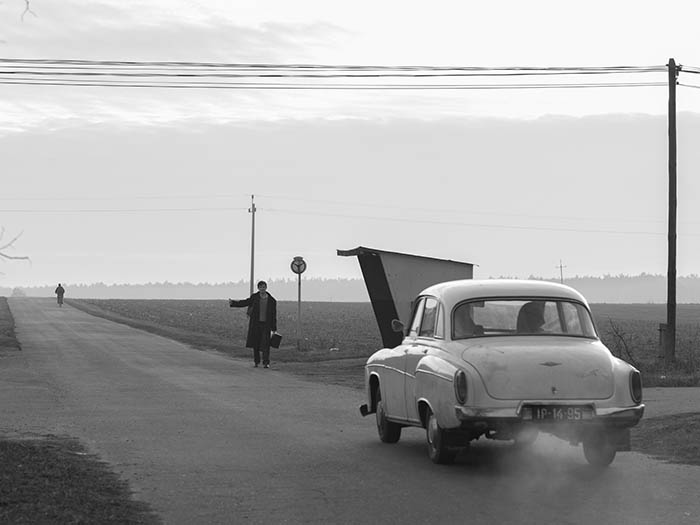
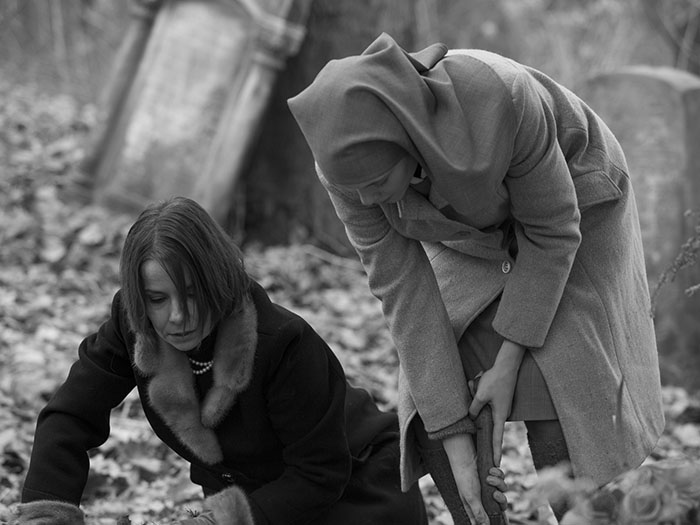
Shot in a now uncommon ratio of 4:3, the black and white film effortlessly mesmerises its audience with every single frame. Director Pawel Pawlikowski paints a bleak picture of Poland, where leafless trees echo remnants of the war, blistered walls mirror horrors and the scarce population seems haunting. Yet there is a nostalgic and compelling charm to that gloominess, something that makes the audience inquire and feel for Poland.
The camera remains perfectly still throughout the movie, creating a static atmosphere that is ever so contradictory to the dramatic experience and unsettling emotions that the two main characters are going through. Pawlikowski keeps his camera distant from his characters most of the time; even close-ups are slightly angled, as if he wishes not to interfere directly with their affairs. He brings topics up, but never deals with them completely or draws any conclusions. As the story unfolds, each frame is skilfully and quietly packed with pain, anger, curiosity and doubt without many words ever being uttered. It is an open-ended work of genius that requires commitment from its audience in order to be fully appreciated.
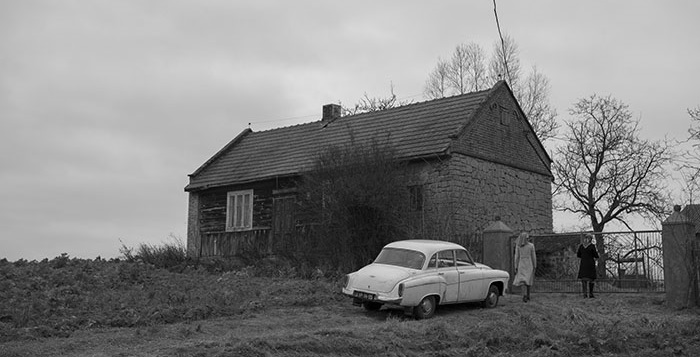
Ida’s family misfortune brings up what is arguably the most troubling memory in Polish modern history. Years after the Nazi occupation, the truth is slowly excavated, only to awaken the pain of those who have been through the appalling period and inflict upon the young a new-found sorrow that they cannot quite grasp. Some might criticise Ida for its historical ambiguity and approach to the sensitive topic of anti-Semitism, but it touches history just enough to suggest a revisit and reflection upon Polish’s distressing past. On top of that, the way Ida deals with the grand topic of ethnic and religious identity is also worth pondering over. Does religion and upbringing have a stronger defining power than one’s ethnic origin? Ida did not answer this, but leave it up to its audience to decide.
Despite its humble duration, Ida has achieved a great deal. Though not a historical film, it has the power to call upon the horrific past without any violence. It might be a difficult watch at first for Vietnamese audience, but once the historical context is clear, the images will never leave your mind.
[youtube width=”700″ height=”393″]https://www.youtube.com/watch?v=oXhCaVqB0x0[/youtube]
Words by Dao Trang. Photos provided by the Polish Embassy in Vietnam.


